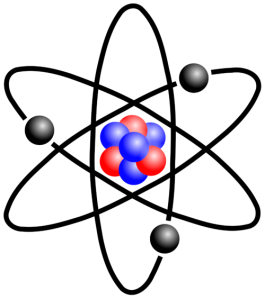Everyone knows that atoms are small, but exactly how small is small? This new video by Kurz Gesagt explores this question, and the sheer scale is mind boggling to try to imagine.
Among the analogies used is that of filling rooms with rice grains; if the end of your finger was the size of the room, and you filled that room with rice, and then you took one of those rice grains, made it the size of a room, and filled it with rice, and then you took the space in-between and filled it with sand, you’d have atoms! I kept expecting him to stop, but the scaling down goes on and on to a size that is truly unimaginable.
However, as technology increases, we continue to work more and more with things on this kind of scale. The processor of a modern computer has billions of transistors on a single chip barely larger than a fingernail. The transistors have become so small that they are now about twenty-two nanometers across, or a mere fifty atoms. Even more than this, the transistors are now able to process information at an astonishing rate of one trillion instructions a second. It’s hard to imagine technology advancing further than it has already, but I am sure we will find a way.

Grader comments: What a unique topic–how did you get interested in this?
LikeLike
Your thoughts on scale and size are truly astonishing. To think something so small is so important to everything in the universe is truly an amazing idea to comprehend. I also like your connection to how technology has transformed into a race to scale down the size of everything. While the surface of phones may be the next thing advertised, the internal hardware will dictate the future of technology.
LikeLike